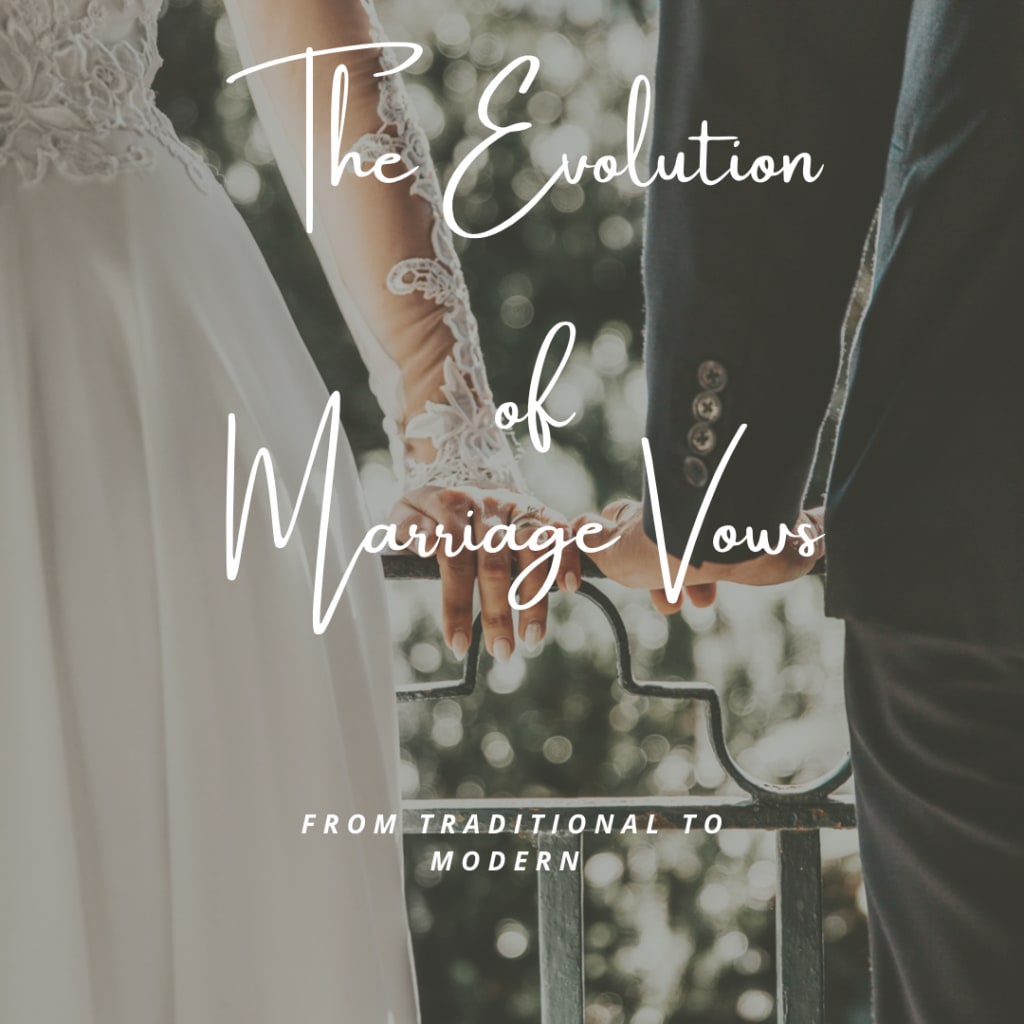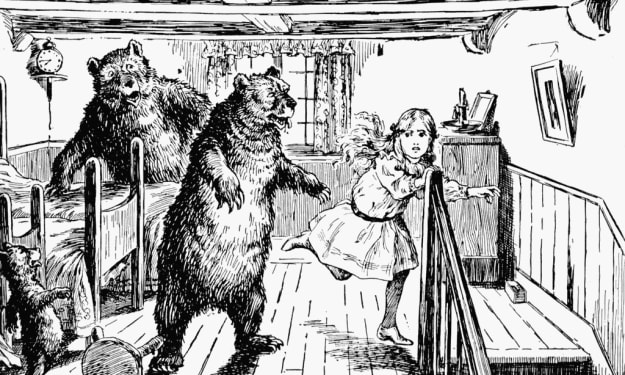The Evolution of Marriage Vows:
From Traditional to Modern

Marriage vows are a centuries-old tradition that symbolizes the commitment and love between two people. While the idea of marriage has remained constant throughout history, the words and rituals associated with marriage vows have evolved over time.
In ancient times, marriage was often viewed as a business transaction between families. Love and romance were not necessarily part of the equation. Marriage vows were not personalized and couples did not have much of a say in the matter. In fact, early marriage vows often included promises of obedience from the bride to her husband.
During the Middle Ages, the Catholic Church became more involved in the ceremony and created a standardized set of vows. The bride and groom were asked to recite their vows in Latin, a language that was not understood by most people. As a result, the vows became more of a symbolic gesture rather than a personal commitment between the couple.
In the 16th century, the Protestant Reformation brought about changes to the traditional Catholic wedding ceremony. Protestant wedding vows were often more personal and focused on the love between the couple. The bride and groom were encouraged to recite their vows in their native language, making the ceremony more accessible to everyone.
In the 19th century, the idea of romantic love became more prevalent in society, and marriage vows began to reflect this shift. The traditional vows of "love, honor, and obey" were no longer seen as appropriate, and couples began to write their own vows. This allowed them to personalize their ceremony and express their love in a more meaningful way.
Today, modern marriage vows reflect a wide range of beliefs and values. Some couples choose to include religious references, while others focus on their commitment to each other and their shared values. Many couples choose to write their own vows, which can be heartfelt and personal.
One of the most significant changes in marriage vows has been the shift from a focus on obedience and submission to a focus on equality and mutual respect. In traditional vows, the bride would often promise to "obey" her husband, which reflected the patriarchal values of earlier times. However, in modern vows, this language has been replaced with phrases like "partnership" and "commitment to equality," which reflect a more egalitarian view of marriage.
Another trend in modern marriage vows is the inclusion of personal anecdotes and stories that reflect the couple's unique relationship. This can be a powerful way to personalize the ceremony and make it more meaningful for the couple and their guests. For example, a couple might include a story about how they met, or how they supported each other during a difficult time in their lives.
Many couples also choose to include specific promises or commitments in their vows, such as promises to support each other's dreams and goals, to communicate openly and honestly, or to prioritize their relationship above all else. These promises can serve as a reminder of the couple's shared values and goals, and can help them navigate the ups and downs of married life.
In addition to written vows, some couples choose to include symbolic gestures in their ceremony, such as the exchange of rings. These gestures can add depth and meaning to the ceremony and serve as a visual reminder of the couple's commitment to each other.
Finally, it's worth noting that while personalized vows can be a beautiful way to express love and commitment, they are not for everyone. Some couples prefer to stick with traditional vows or use pre-written vows as a starting point for their own personalization. The most important thing is to choose vows that feel authentic and meaningful.
In conclusion, marriage vows have evolved significantly over time, from standardized, patriarchal vows to personalized, egalitarian expressions of love and commitment. Today, couples have the freedom to create their own vows, which can include personal anecdotes, specific promises, and symbolic gestures. Whether traditional or modern, the most important thing is that the vows reflect the unique relationship and values of the couple.





Comments
There are no comments for this story
Be the first to respond and start the conversation.